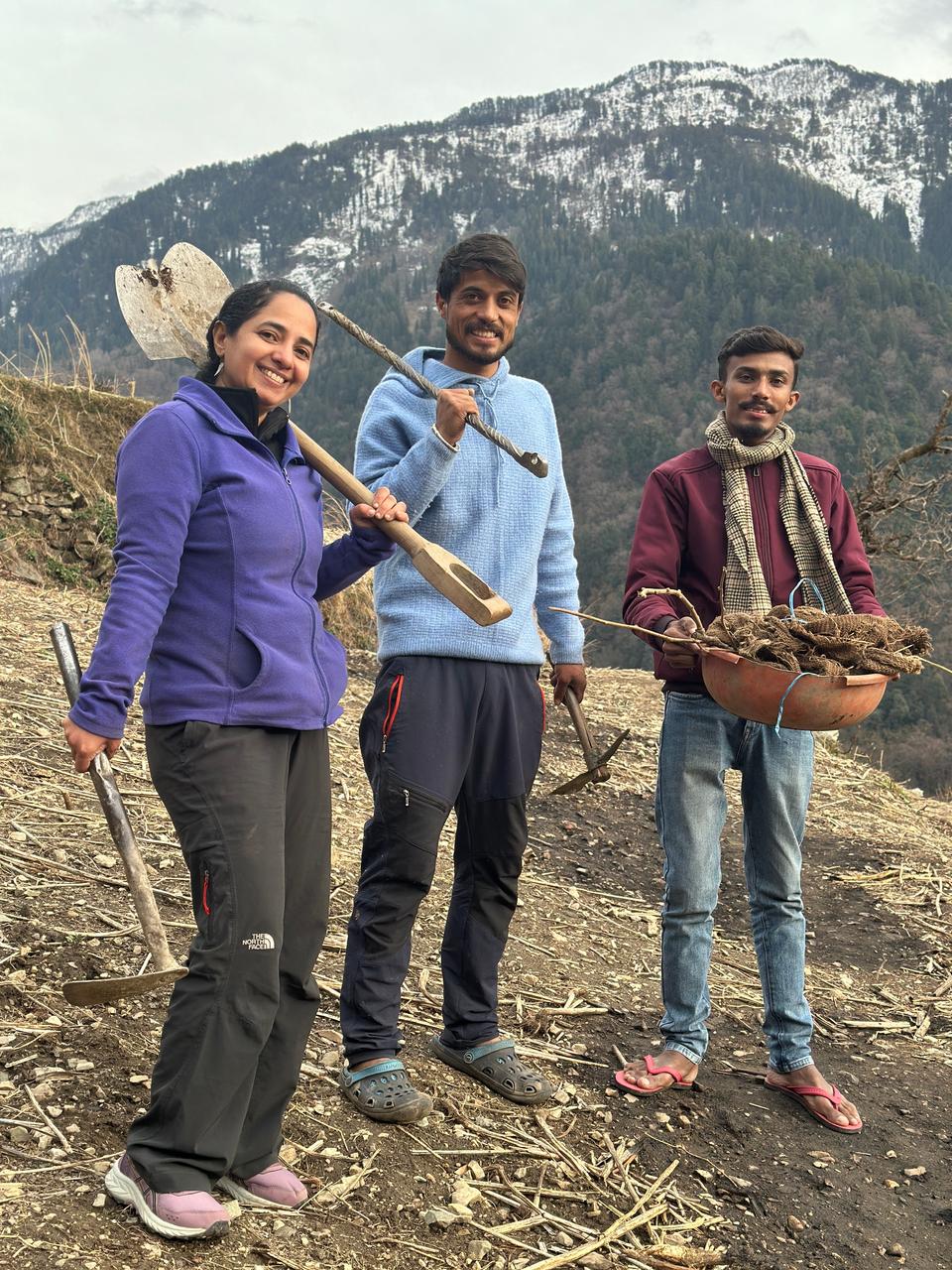QWhat makes Himalayan farming different from modern agriculture, and why is it still relevant today? How do mountain farmers adapt to changing seasons and rugged terrains while ensuring a sustainable yield? What role does traditional knowledge play in maintaining soil fertility, water conservation, and organic farming? For travelers experiencing farm life in the Himalayas, what valuable lessons can they take back about self-sufficiency, sustainability, and mindful living?
"To forget how to dig the earth and tend the soil is to forget ourselves." — Mahatma Gandhi
High up in the Himalayas, farming isn’t just about growing crops—it’s a way of life that has sustained communities for generations. Unlike modern commercial agriculture, Himalayan farming follows nature’s rhythm, relying on seasonal cycles, organic methods, and ancestral wisdom. From terraced fields carved into mountain slopes to age-old irrigation techniques, every aspect of farming here is deeply rooted in harmony with nature. Farmers in villages like Agora grow a variety of crops such as millets, pulses, and vegetables, using natural compost and organic manure. With clean glacial water for irrigation and pesticide-free cultivation, the produce is not just fresh but packed with nutrients. For travelers, engaging in farming activities offers a chance to connect with the land, experience the hard work behind every meal, and appreciate the simplicity of self-sustained living.

The Art of Traditional Himalayan Farming
Unlike flatland farming, terraced farming is a unique technique used in the mountains to prevent soil erosion and maximize land usage. Each step-like terrace holds moisture, making it ideal for crops like rajma (kidney beans), mandua (finger millet), and amaranth. These nutrient-rich grains have been part of the local diet for centuries, offering health benefits and a taste of pure, unprocessed food. At Dodital Homestay, guests can step into the fields, learn traditional farming techniques, and even participate in sowing or harvesting. It’s not just an experience—it’s an insight into a life where nature and human effort exist in perfect balance.


Comments & Discussion
Share your thoughts about Himalayan farming and sustainable living. Have you experienced farm life in the mountains? Let's discuss!